Household Chemicals and Their Impact on the Environment
Poisonous! Warning! Flammable! Forbidden! Such labels can be found on the back of ordinary household chemicals. However, on the shelves of cleaning products in stores, bright words like “organic”, “pure” and “natural” appear on the front of the labels. Although according to European legislation the list of ingredients must always appear on the product label, this does not say much to the consumer who is not a chemist. However, the question is no longer about terminology, but about the real damage that careless or unskilled consumption can cause to the user and nature.
Key Takeaways
- Everyday household chemicals can harm the environment. Products like detergents, cleaners, and even personal care items can end up polluting waterways and harming wildlife.
- Phosphates and VOCs are particularly concerning. Phosphates in detergents contribute to harmful algae blooms, while VOCs (volatile organic compounds) in many products degrade air quality.
- Choose eco-friendly alternatives when possible. Look for products with plant-based ingredients, minimal packaging, and certifications indicating a reduced environmental impact.
Cleaning can be a pleasant activity and a stress reliever, or a reluctant duty, but we do it in every home. In addition to visible cleanliness, we achieve a healthy indoor climate by removing dust, allergenic particles, bacteria and viruses.
However, one should not forget that many cleaning supplies may contain several substances dangerous to health and the environment. Among other things, chemicals so strong that their use and handling of packaging requires the use of protective equipment and is strictly regulated. The use of household chemicals in home care has been associated with various health risks – eye, skin, respiratory and other irritations.
Small amounts – big impact
The biggest problem is phosphates in cleaning products, which began to replace soap after the Second World War. The benefit of phosphates lies in their ability to soften water and keep dirt at bay. However, these are substances that are difficult to break down in water treatment plants. When they get into natural water bodies, they increase the growth of algae, which in turn reduces the oxygen content in the water, which is extremely necessary for living organisms. Secondly, small particles of chemicals tend to accumulate in nature and move again along the food chain, which does not exclude the fact that our own food table contains these same toxic chemical particles.
The danger posed by washing and cleaning agents produced outside the European Union and sold in Estonia should be noted separately. Especially those made in the USA. These are products that may offer a lower price tag than the competition or may sound familiar to us through TV commercials. In the USA, there is no similar control over the chemical substances used, as we have created in the European Union (REACH). Consequently, these home care products may contain substances and quantities that would be prohibited in local production.
Many scientists are now concerned that long-term exposure to a cocktail of small amounts of different chemicals—such as those left by cleaning products in room air or house dust—may endanger our health. Usually, the effect of a chemical on human health is tested one chemical at a time. But in reality, we come across several different ones every day. The risk can be reduced by choosing safer products. Most household cleaning tasks can be easily done using non-acidic PH and environmentally friendly products.
However, demand determines supply, and as a result, there are more and more manufacturers offering cleaners that are safer, more environmentally friendly, and more health-friendly.
We can avoid major damages by using environmentally friendly cleaning products. The term “environmentally friendly” does not really give us much information about the effect of a particular tool on the environment or why it is better for us in the first place.
What effect do household chemicals actually have on nature and the environment?
- During home care, most cleaning and cleaning products end up in a diluted form through the sewer directly into nature. However, organisms exposed to contaminated water suffer damage that affects their ability to reproduce and cause various health disorders. Plants begin to grow unnaturally fast, and the organisms of birds and animals become sick.
- Many household chemicals found on store shelves biodegrade slowly, or not at all, and instead form even more toxic, bioaccumulating and damaging compounds.
- Substances containing phosphorus and nitrogen accumulate in the water content and “enrich” it to a substandard level. The possibility of life disappears in water bodies and they become unusable.
- Volatile organic compounds(VOCs) affect the indoor climate and air quality and contribute to the formation of smog in outdoor conditions. By using cleaning products containing such compounds in sinks, toilets, dishwashers or elsewhere, they reach nature through the pipes. Unfortunately, water treatment plants cannot filter out all polluting particles, and over time they form amounts that are destructive to wildlife.
- When buying mass production from large companies, there is a high probability that the product has passed through long supply chains before reaching you. This in turn means that every ship, plane and truck has consumed fuel, which has a small but still measurable footprint in nature.
- Most packaging is designed for single use. Even though the packaging is often recyclable, the consumer still throws it away with normal garbage and thus the desired recycling does not take place.
Smarter Choices of Cleaning Products
- According to European legislation, the list of ingredients must be on the label, but this is often in very small print and does not say anything to the consumer without a higher education in chemistry. Thus, observing warning labels and eco- or nature-friendly recognition on the product helps the average consumer to make a good choice.
- Vote with your feet and buy higher quality and safer products. The common understanding is that in the form of an environmentally friendly product, we are dealing with “products whose impact on the environment around us and human health is less than that of conventional products, while maintaining efficiency and results at the same time”. Therefore, cleaning products that are mainly based on raw materials directly derived from nature in an unchanged form can be called “green”, provided that they have at least as good a cleaning effect as common household chemical products.
- Reduce the number of cleaning products used in home care. Large advertising campaigns can make it seem as if there should be a separate cleaning product for every surface in the home. Instead, however, it is wise to find a universal product that works well, with which you can clean both smooth, rough, shiny and matte surfaces.
- Use alternative and innovative technologies. Smart alternatives to harsh chemicals have been found today, and one of them is the use of nanotechnology in household chemicals. Rather, “home chemistry” is a misleading term in this case, because GoGoNano home care products are clean and safe. When using the products, there is no need to put on protective gloves or worry about damaging nature – it is a water-based composition and is therefore completely biodegradable and safe for skin, materials and the environment.
In addition, all GoGoNano home hygiene products are allergen-free and are therefore suitable for those who have previously had allergic reactions to household chemicals. In order not to overload the shelf of household chemicals and nature, we have made GoGoNano EcoCare suitable for use as widely as possible: both on glossy, matte and non-slip surfaces. It is a sanitary and interior surface protection product to protect all easily soiled surfaces to make them easy to maintain.
GoGoNano water-based and environmentally friendly general cleaning agent EcoCleanis designed for regular deep cleaning and removes more than 99% of dirt and microorganisms. In the form of GoGoNano EcoGlass, it is an alcohol-free , deep-cleaning glass cleaner that ensures glass surfaces in your home with new shine and streak-free.
- Do not use more product at one time than is written in the instructions. In this way, you save the product as well as water and energy in order to rinse off the excess later.When choosing products, look for a tool whose user manual states a low dilution or rinsing water temperature. In this way, you save on the energy spent on heating the water.
- A health and environmentally friendly product should have a neutral pH (in the range of 4-9.5) and be fragrance-free. In this way, you can be sure that your hands are protected from further damage and, to the delight of allergy sufferers, no irritating particles are spread in the air.
- Since disinfectants are usually stronger stuff, it is recommended to use them only on surfaces with which there is more direct contact – e.g. door handles, window sills, work surfaces.
- If a low ignition temperature is indicated on the package, it also means a lower proportion of strong chemicals in the product composition.
- Buy locally or as close as possible to avoid supporting long supply chains.
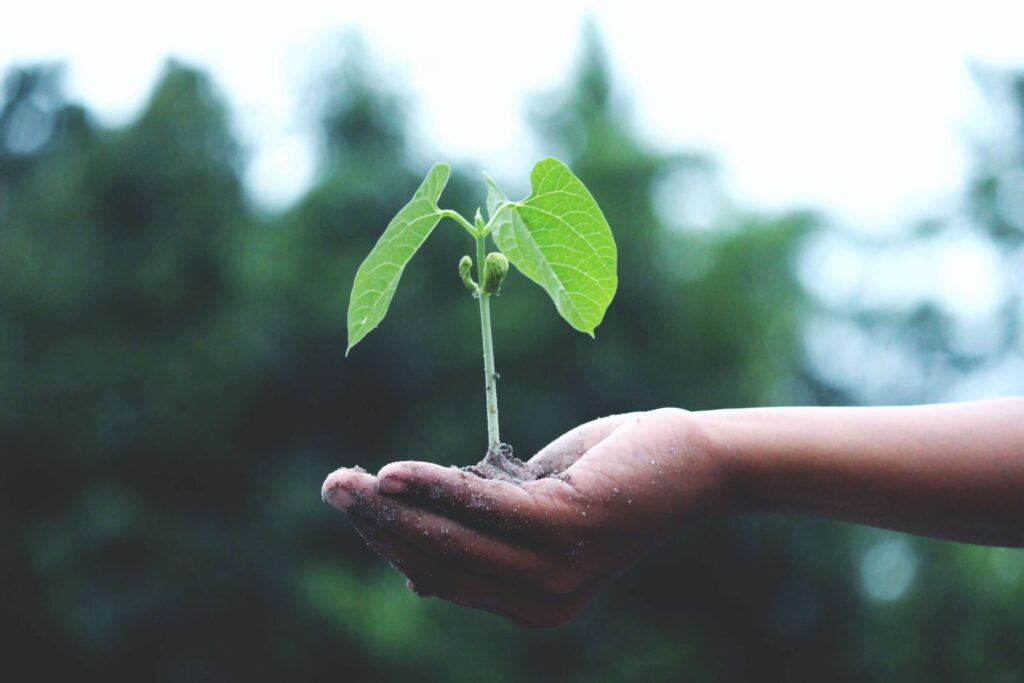
It is more than clear that we have only one planet to live on and the moment has come when nature and the living environment have been damaged as a result of our activities. It is not possible to reverse the process that has started, but we can slow it down through conscious choices. We are the ones who can and must contribute. In the grand scheme of things, everyone has a common goal and every small step in that direction counts a lot. Everyone can make changes in their lifestyle or make decisions towards better choices.
To create change, it is not necessary for everyone to become a green scientist personally, it is enough to think about our consumption on multiple levels and reduce behavioral patterns that harm nature – we use less water and energy, we prefer biodegradable materials, we choose reusable instead of disposable and why not also use environmentally friendly cleaning products!
FAQs About Household Chemicals
What are the main environmental impacts of household chemicals?
Household chemicals can lead to water and air pollution. For example, phosphates in detergents can cause harmful algae blooms in water bodies, and volatile organic compounds (VOCs) from various products can degrade both indoor and outdoor air quality.
How do household chemicals affect indoor air quality?
Many cleaning products emit VOCs, which can significantly affect indoor air quality. These compounds can cause health issues like respiratory problems and allergies. Using products with fewer VOCs or natural ingredients can help maintain healthier indoor air.
Are eco-friendly cleaning products really better for the environment?
Eco-friendly cleaning products, which typically contain biodegradable ingredients and avoid harmful chemicals, are indeed better for the environment. They reduce the risk of water and air pollution and are generally safer for wildlife and human health.
Can using certain household chemicals lead to water pollution?
Yes, chemicals that are not biodegradable can pollute waterways, affecting aquatic life and potentially entering the human food chain. Ingredients like phosphorus and nitrogen can also cause eutrophication in water bodies.
What role does nanotechnology play in creating eco-friendly cleaning products?
Nanotechnology offers innovative solutions for eco-friendly cleaning products. GoGoNano, for example, uses nanotechnology to create products that are biodegradable, safe for skin and materials, and environmentally friendly, reducing the need for harsh chemicals.
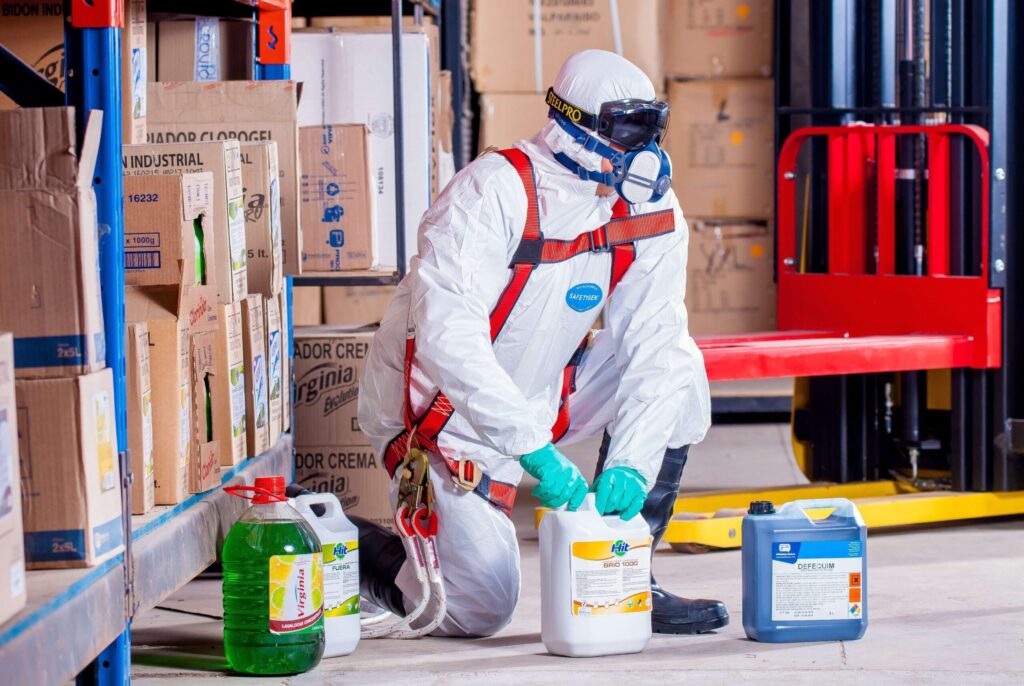
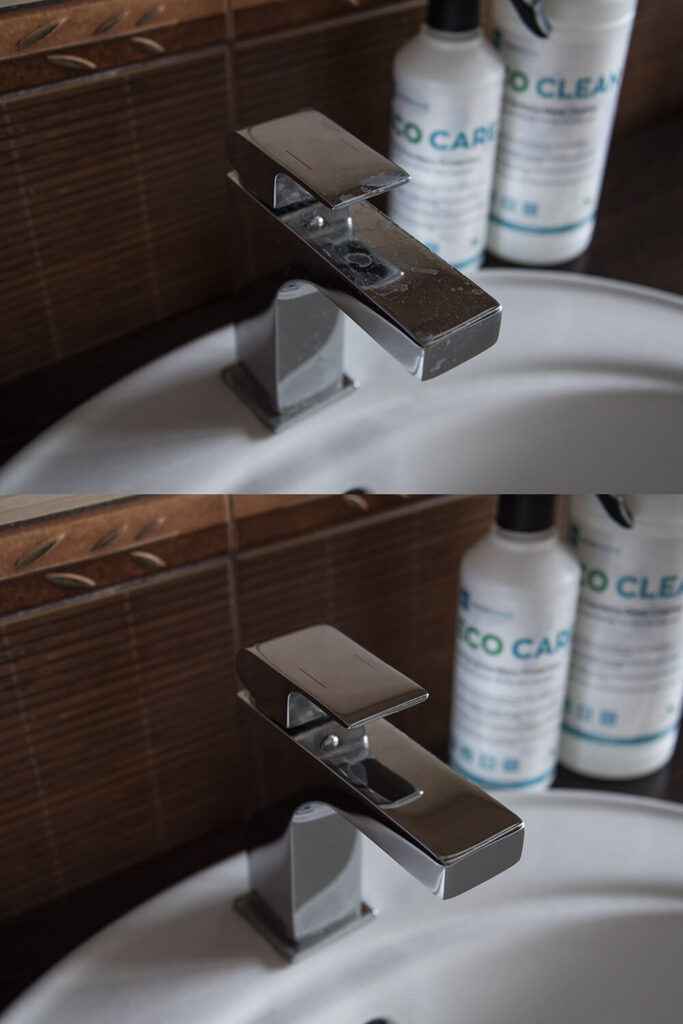
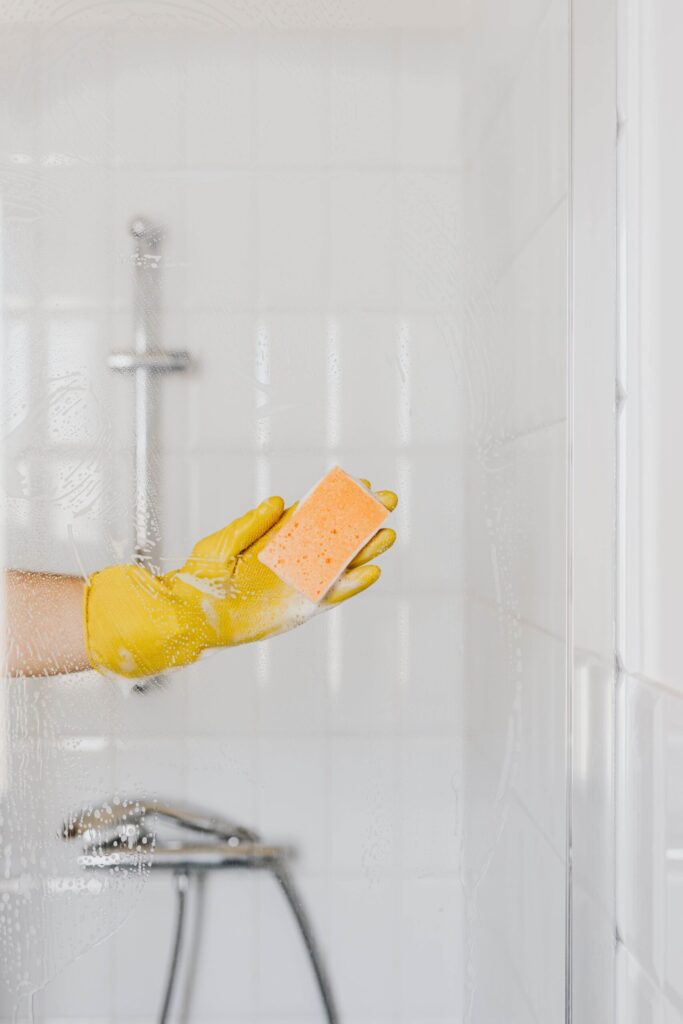
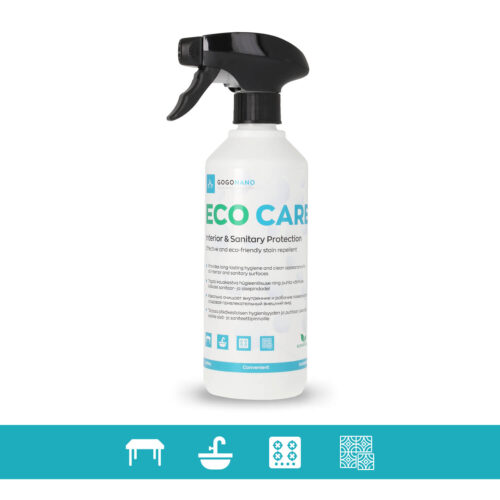
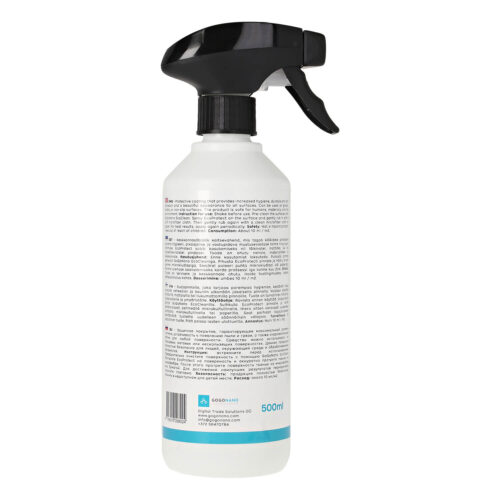
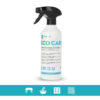
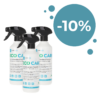
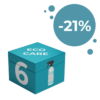
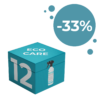
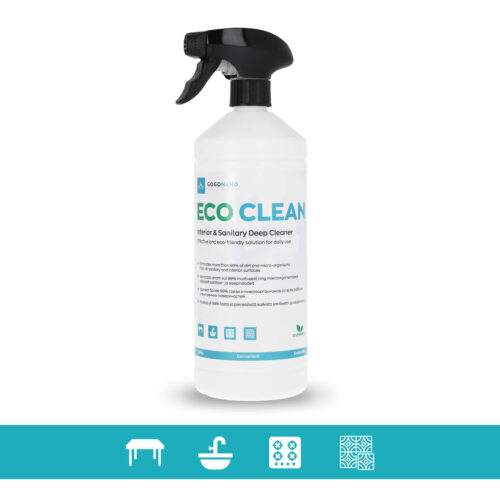
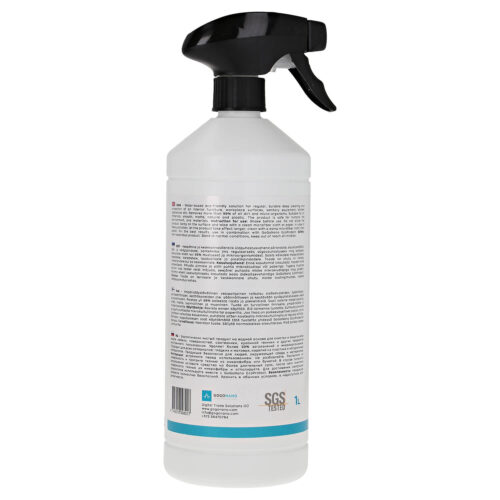
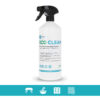
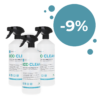
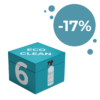
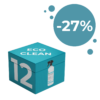
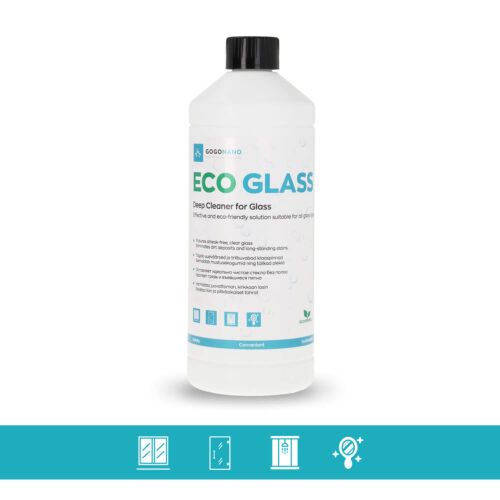
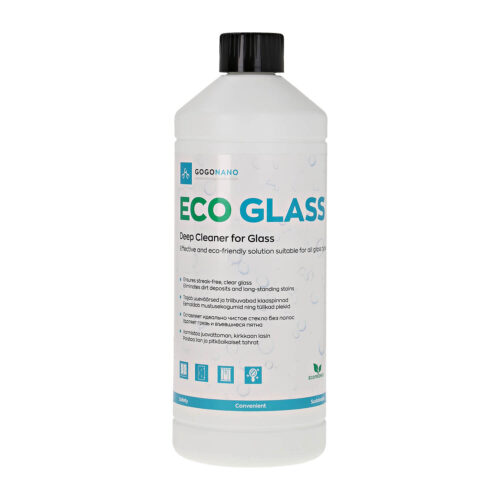
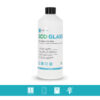
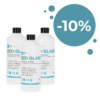
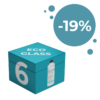
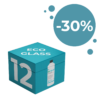
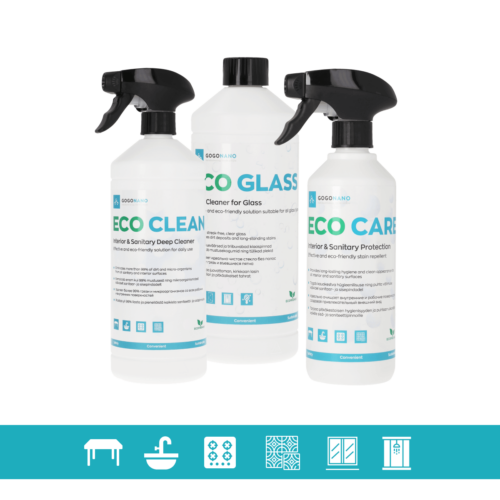
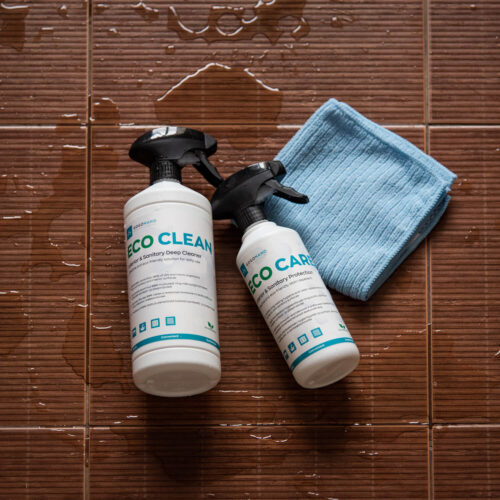
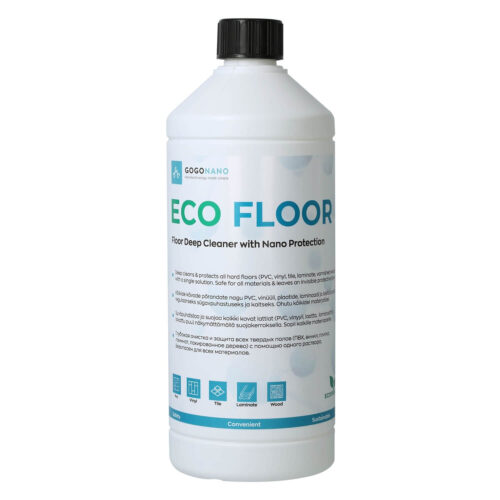
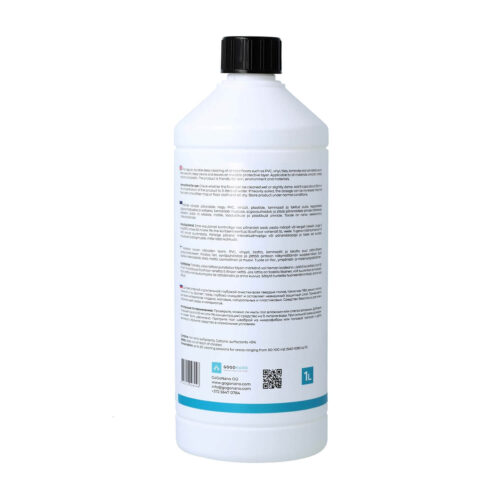
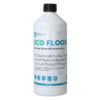
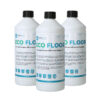
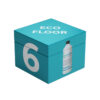
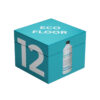
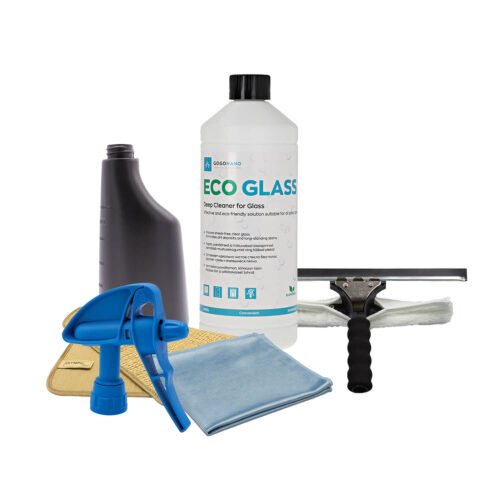
Latest articles
News
Breathe Easy (and Green!): Get Your Laundry Groove On with GoGoNano Laundry Sheets
Forget that messy measuring cup and say goodbye to detergent spills! GoGoNano sheets offer a pre-measured, single-dose solution (a 60-strip pack, equal to 30 sheets). Just toss a sheet in[...]
Read moreNews
Top 6 Myths About Microfiber Cloths Busted!
Microfiber cloths have conquered the cleaning world, lauded for their versatility, efficiency, and eco-friendliness. Yet, amidst their reign, misconceptions and myths persist, hindering their true potential. Let's dispel the most[...]
Read moreUseful
Essential Guide to Washing Microfiber Cloths & Towels
The longevity and effectiveness of microfiber cloths heavily rely on how they are washed and maintained. Incorrect washing techniques can damage the fibers, thereby reducing their efficiency and lifespan. Proper[...]
Read moreUseful
OEKO-TEX: Your Guide to Safe and Sustainable Textiles
Founded in 1992, OEKO-TEX has established itself as a beacon of innovation and integrity, setting the benchmark for textile safety and sustainability across the globe. Its comprehensive certification system, which[...]
Read moreNews
Traditional Laundry Detergents vs. Laundry Sheets: Which Cleans Better?
In the quest for clean clothes, consumers are faced with a choice: traditional laundry detergents or the newer, eco-friendly laundry detergent sheets. This guide delves into the world of laundry[...]
Read moreNews
Liquid Screen Protector vs Tempered Glass Screen Protectors
Screen protectors are an essential accessory for any mobile device, whether it's a smartphone or tablet. They help to protect the screen from scratches and cracks, which can be costly[...]
Read moreUseful
Say Goodbye to Stinky Shoes: The Power of Probiotics
Have you ever experienced the embarrassment of having smelly shoes? You're not alone! Foot odor is a common problem that can be caused by sweat, bacteria, or fungus. Fortunately, there[...]
Read moreUseful
The History of Nanotechnology: The Tiny Science That is Changing the World
Explore the history of nanotechnology, from its origins to its current applications. Learn how this tiny science is revolutionizing the world at the molecular level.
Read more